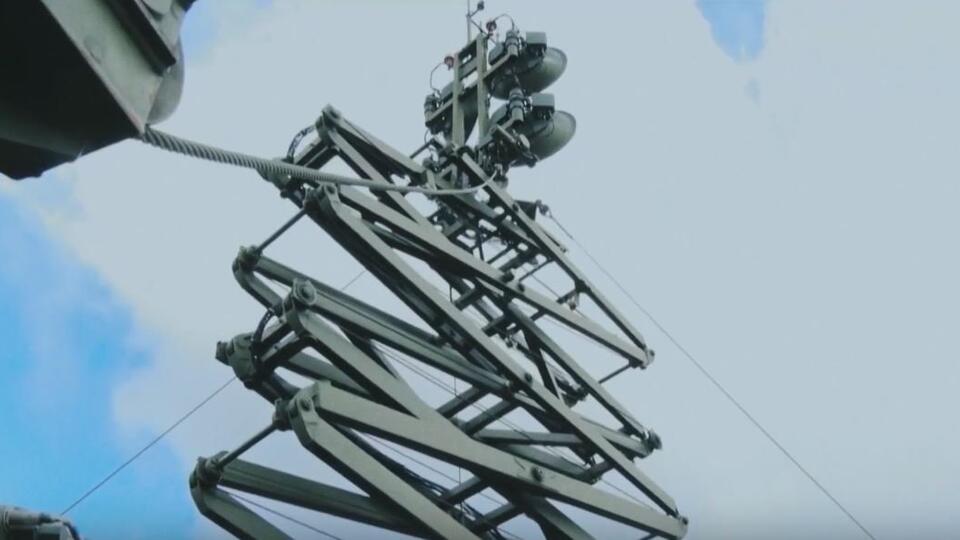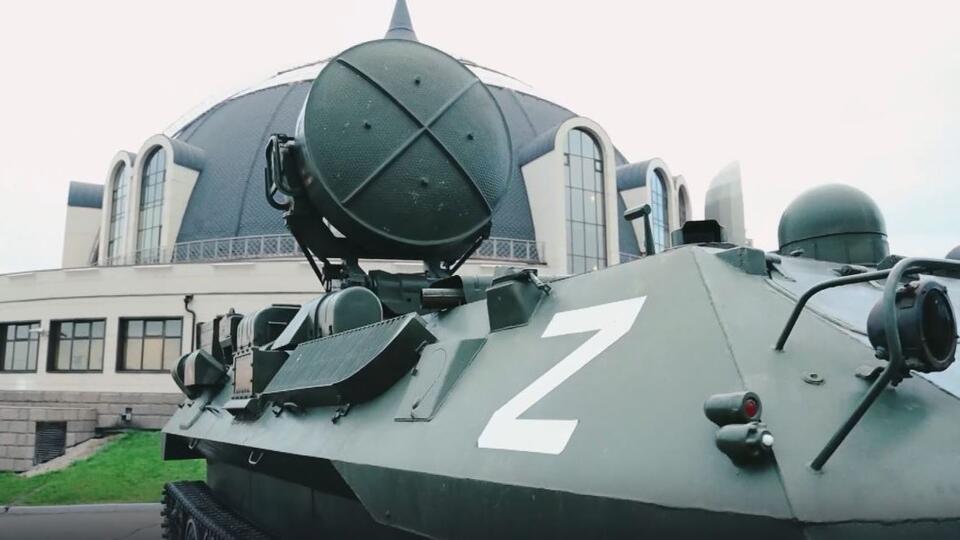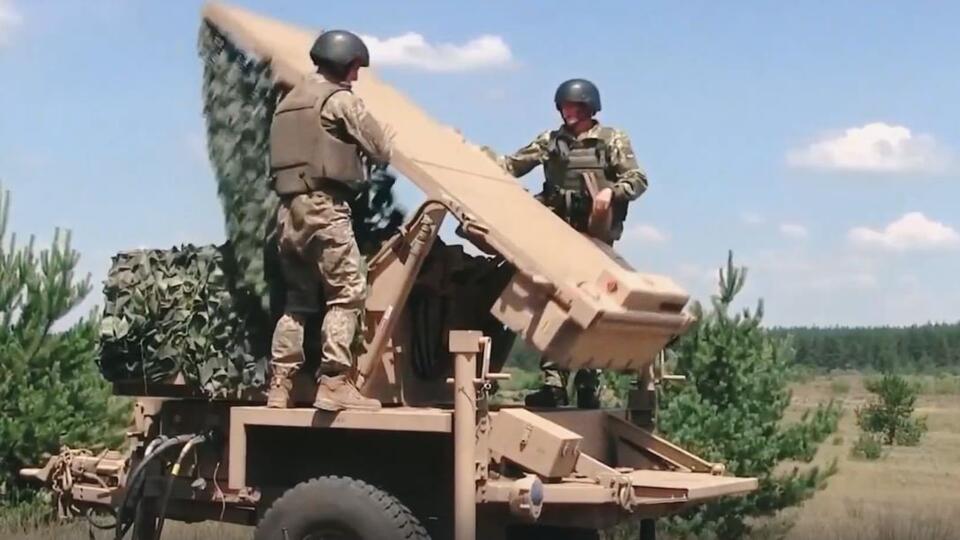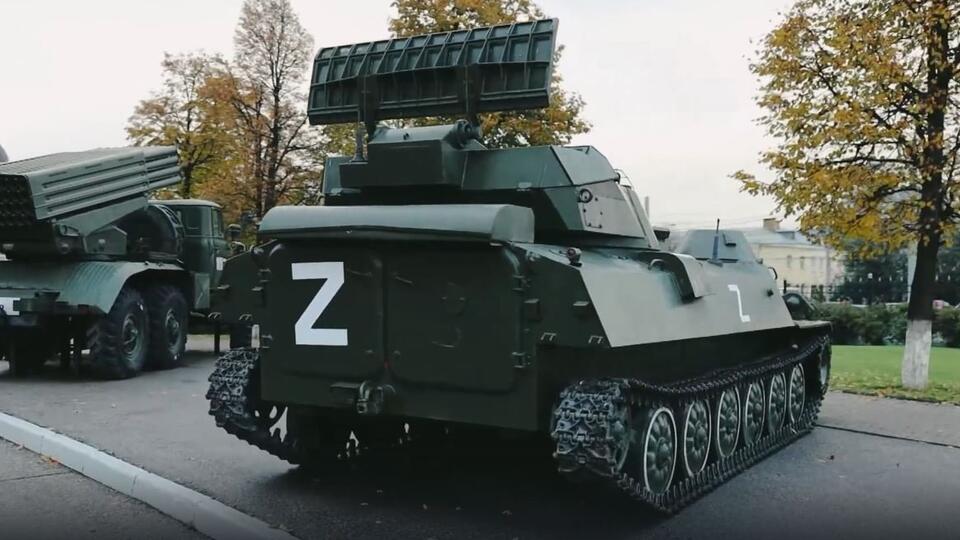Photo: © Video screenshot
The Russian military destroyed the Armed Forces warehouse after finding positions from the air. A massive artillery strike was dealt to them, the explosion from which smashed the buildings and all the equipment. The number of destroyed Ukrainian guns and multiple launch rocket systems is approaching 4.5 thousand. And all thanks to artillery scouts. How do they manage to detect the enemy from a distance of several kilometers? And what equipment do Russian and Ukrainian artillerymen use for this? Talks about it Security Council program with Igor Shevchuk on REN TV.
Scout equipment
Artillery reconnaissance is tactical. Information about enemy positions is obtained within a radius of tens of kilometers from the front line – the most dangerous zone. First of all, reconnaissance groups work in it, which monitor and transmit enemy coordinates via communications.
The scout must get close enough to the target to see it. To do this, the military has a variety of equipment in its arsenal – from binoculars to night vision devices and thermal imagers. This is the so-called optical or opto-electronic artillery reconnaissance. Recently, reconnaissance drones have become the main assistants to the military, which greatly simplified the work of artillery reconnaissance officers – positions and movements of the enemy at a glance.
Compact radars
The military also uses compact short-range reconnaissance radar stations. The Fara radar weighs only 12 kilograms, is carried by one person, and recognizes armored vehicles from eight kilometers, and infantry from four. The station is invisible to enemy electronic warfare, as it emits very weak radiation.

“The scouts should have a special eye. By insignificant signs, they should understand that an artillery gun is standing here, and there may be an enemy command post”– says military observer Alexander Sharkovsky.
Invisible “Penicillin”
Today, the most modern Russian artillery reconnaissance complex is Penicillin. Even the most nimble MLRS or self-propelled howitzer will not hide from him. In just five seconds, “Penicillin” determines the shot and its source at a distance of 38 kilometers. The coordinates are immediately transmitted to artillery units, and a retaliatory strike is immediately struck. The enemy for such a time simply does not have time to curl up and leave the position.
The complex is invisible to the enemy: it does not have radar stations that can be calculated from the signal. Another feature of “Penicillin” is that he not only hears, but also sees his goals. For this, highly sensitive thermal imagers are used: it captures acoustic and thermal signals from shots and explosions. The complex itself belongs to the means of counter-battery combat.

“Artillery reconnaissance differs from counter-battery reconnaissance in that it detects the enemy visually, regardless of whether he shoots or not. And counter-battery systems determine the location of enemy artillery only when the enemy begins to fire”– Sharkovsky explained.
Soviet “Lynxes” and “Zoos”
The development of counter-battery radar began in the 1970s. In the USSR, the Rys complex became the first representative of mobile radar stations. The range for cannon artillery is nine kilometers, for MLRS – 16. It takes 30 seconds to calculate the coordinates of the enemy.
The complex determines the location of the enemy’s gun, while being near it is dangerous – a working antenna produces radiation that causes diseases, such as oncology. Therefore, during combat duty, the crew is inside the vehicle.

Immediately after the Lynx, they began to develop the Zoo radar station, the last modification of which was released five years ago. The complex simultaneously accompanies 12 targets and in just one minute can detect up to 70 enemy firing points.
“The effectiveness of the complex is that it operates on a passive principle, in which there is no radiation. Due to passive reconnaissance, these complexes are not accessible to enemy radio interference”– said the artilleryman, reserve captain Sergei Ivanov.
American radar Firefinder
The Americans sent counter-battery radars to Ukraine as part of military assistance. The target detection accuracy of the light artillery reconnaissance radar is up to 50 meters, the detection range is 10 kilometers. The radar can be mounted on HMMWV armored vehicles or mounted on tripods.
Another American “artillery killer” in the service of the Armed Forces of Ukraine is the TPQ-36 Firefinder radar. The United States has been sending them to Ukraine since 2015. This radar is the most massive in the American army and is similar in characteristics to the Russian “Zoo”.

“It is superior in target detection range. Zoo locates the gun more accurately than the TPQ-36 system. Somewhere they have an error of up to 80 meters, we have up to 40”– the military observer emphasized.
Disadvantages of Leopard
However, Western aid for the Armed Forces of Ukraine is not enough. Therefore, the Ukrainian military pulled out of the bins the Soviet ground artillery reconnaissance station “Leopard”, which was developed in the 1970s. They also fell to the allied forces in the form of trophies.
The Leopard antenna is capable of detecting ground moving targets at a distance of up to 17 kilometers, but this is in good weather. If it rains or snows, the distance is significantly reduced. This is one of the very first stations, therefore it is not so effective in modern combat operations.

The artillery itself has many unmasking factors: after a shot, dust rises and thick smoke appears, at night it is easy to detect a position by flashes, and the sound of a shot is heard at a distance of up to 10 kilometers. Therefore, the gunners actively use the tactics of “roaming guns” – they quickly fired back and left the position.
The hardest thing to detect, even visually, is mortars. They do not have such obvious unmasking factors and are often installed in trenches and craters. To notice them, it is not enough to have eagle vision and keen hearing. Then technology comes to the rescue.
For military secrets, amazing army techniques, weapons, brutal gadgets and much more, see the Security Council program with Igor Shevchuk on REN TV.
Source: Ren
Ray Bly is an accomplished journalist in the field of Automobile. He currently works as a writer at 24 news breaker. With a deep understanding of the Automotive industry and a talent for uncovering the latest developments, Ray’s writing provides readers with insightful and informative coverage of the latest news and trends in the field.
